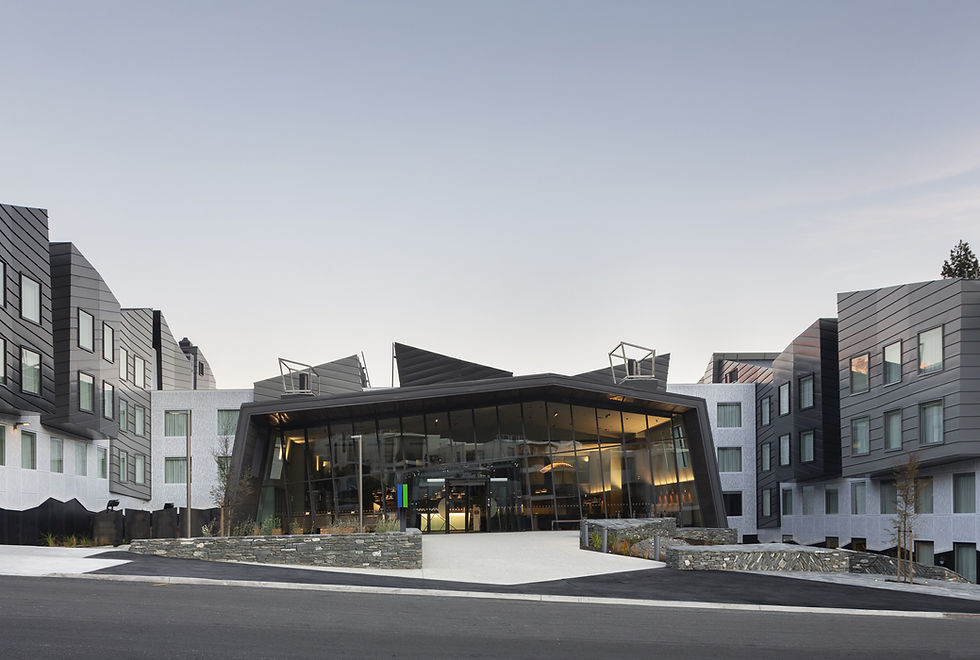Ballast Roofs / Brown Roofs: An Alternative to Green Roofs
- Nuralite Waterproofing

- Mar 18
- 1 min read
Updated: Aug 26

A ballast roof or brown roof is created when a roofing membrane has a layer of gravel, pebbles, or stones added as the finished layer.
There are many advantages to a ballast roofs, one of the main advantages is that they are not as absorbent as soil. This means they do not hold as much water/weight or grow as much greenery; therefore, they require less long-term maintenance.
Ballast roofs also help weigh down the waterproofing membrane and keep it in place. This provides resistance against wind uplift and offers protection against UV.
These roofs can help a structure blend into the surroundings and be more cohesive. A ballast roof can introduce landscaping textures to the roofscape and can offer a micro-habitat for lichen and insects. They can also provide a desirable terrain for birdlife in the city.
To create a ballast roof there are four key additions to consider in the design:
A robust waterproofing membrane.
A geotech drainage grid to allow drainage between the ballast and the membrane.
A geotextile fabric filter layer preventing soil particles from entering the drainage area.
A barrier detail to keep the ballast out of the gutters.
You must also consider the structural elements of designing a ballast roof and take into account the substrate and weight load.




